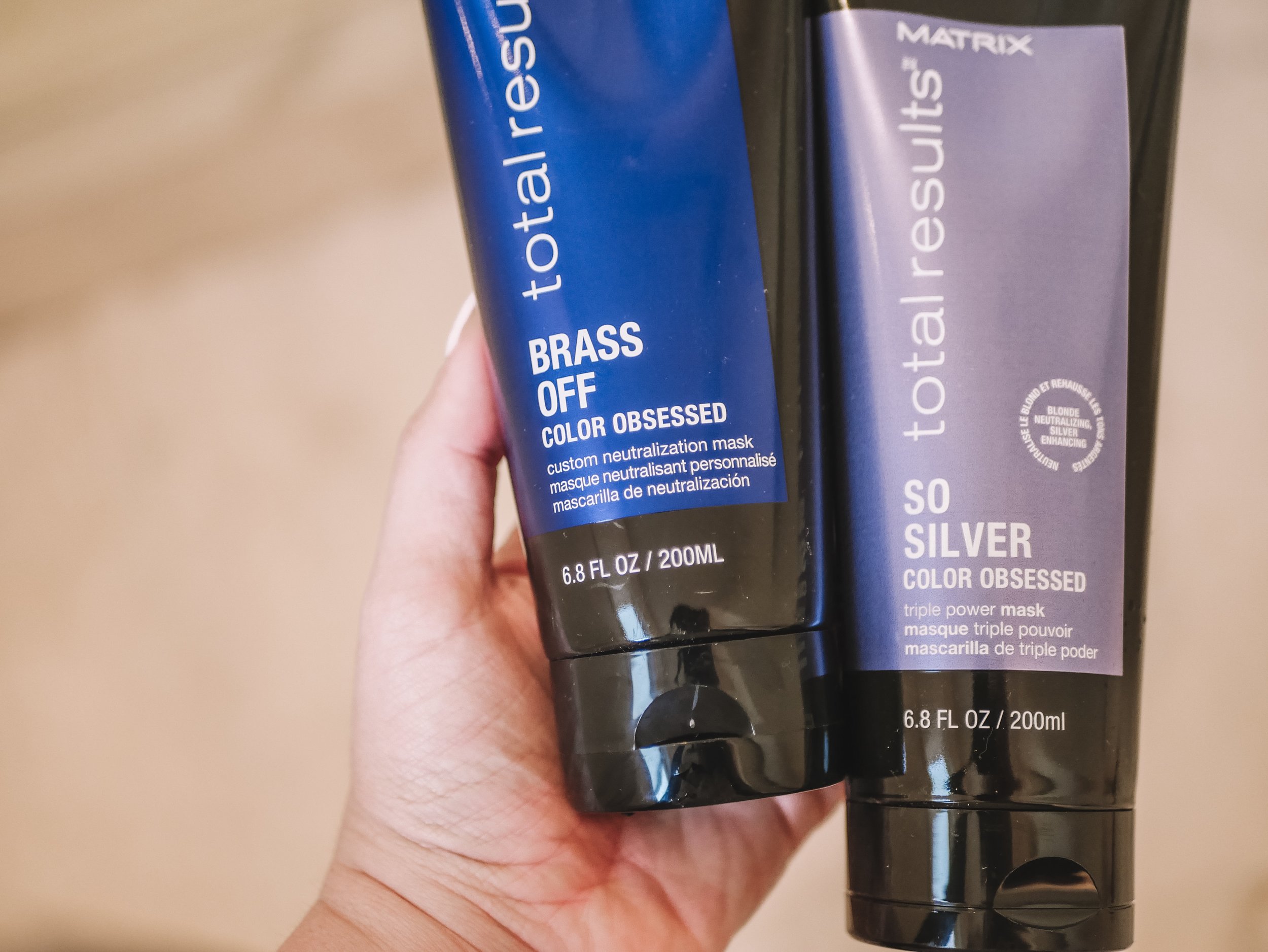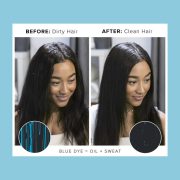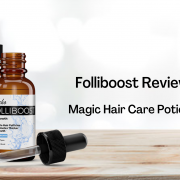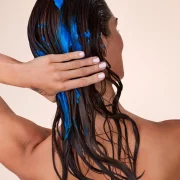If you’ve had your hair chemically treated, having brassy hair with tones of red, orange, and yellow in your hair should not be news to you. From blondes to brunettes, no one is safe from having a little, if not a lot, brassiness in their beautiful locks. This is why Blue and Purple shampoos exist.
Whether you are blonde or you are a brunette, you are sure to battle oxidized hair color and brassiness in your hair. This is where Blue and Purple shampoos come in. But how do you choose between Blue shampoo vs Purple shampoo? To know which one is the right choice for you, definitely read this article to find out!
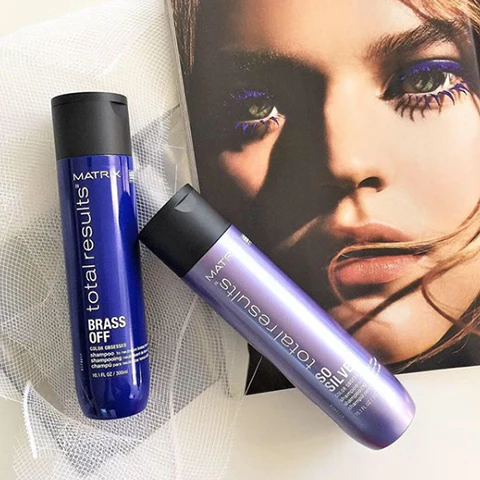
What is Blue Shampoo?
Blue pigments are found in blue shampoo, and when you shampoo your hair, they get deposited into your hair. The brassy tones that result from lightening your hair are neutralized, much like purple shampoo. Even so, darker hair color often has underlying orange tones, whilst lighter hair color has underlying yellow tones when raised.
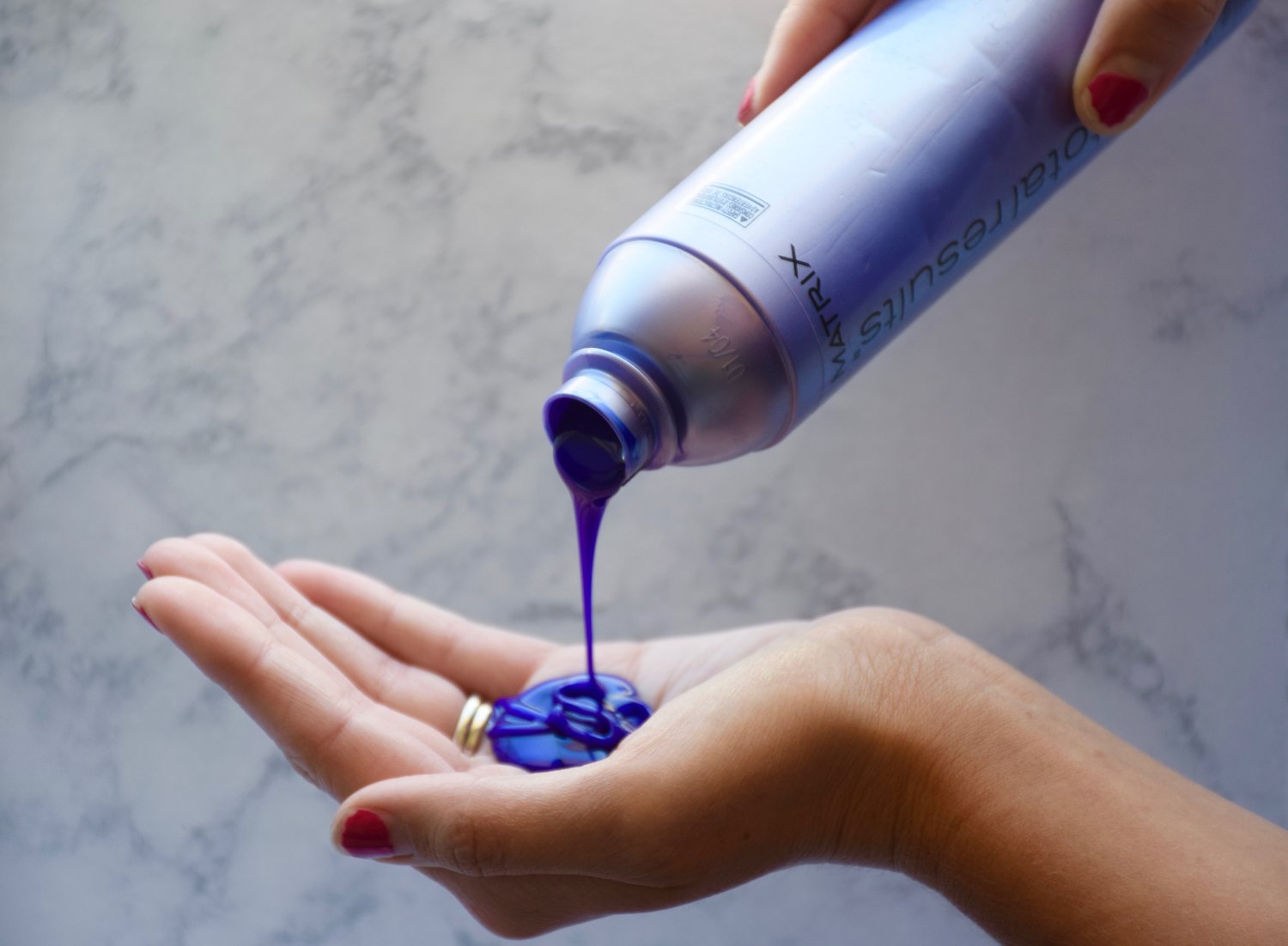
The color wheel positions orange opposite blue, so, orange is nullified by blue. The blue shampoo will help you get rid of brassiness if you have dark hair that has balayage, ombré, or traditional highlights if you’ve entirely lightened your dark hair, or if you have highlights in both dark and light hair.
What is Purple Shampoo?
Purple pigment is found in purple shampoo, which is used to balance out yellow undertones on lighter hair. So how exactly does purple shampoo work? The color wheel, a tool used in color theory to comprehend the relationships between different hues, holds the key to this problem.
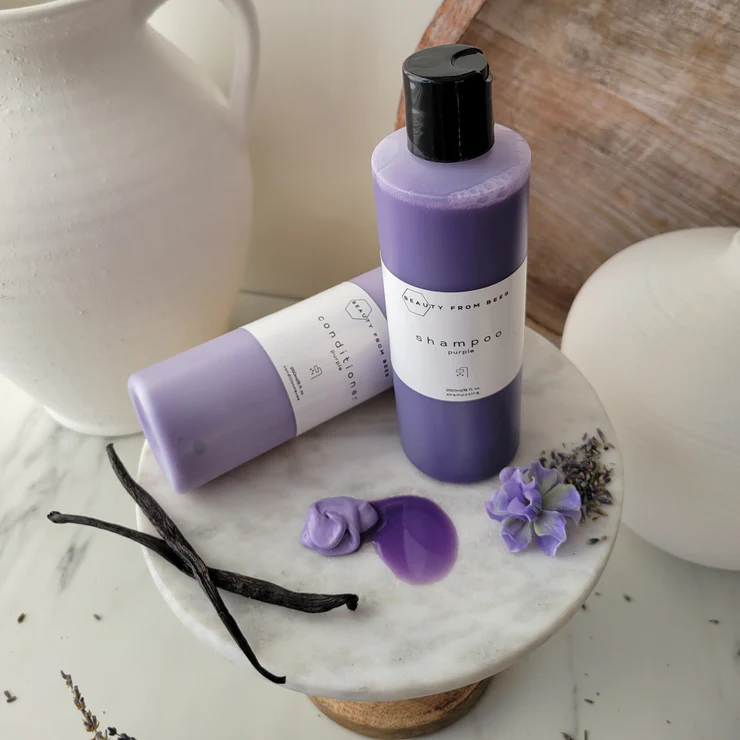
Complementary colors are those that are as dissimilar from one another as possible and are located next to one another on the color wheel. Complementary colors cancel each other out when combined. On the color wheel, purple is located exactly across from yellow. To color-correct the hue and bring back a brighter, cooler tone, purple pigments are added to brassy, yellow tones. This gets you the perfect, brass-free blonde.
Difference Between Blue vs Purple Shampoo
To balance out undesired tones in blonde, grey, or silver hair, color-correcting shampoos like blue shampoo and purple shampoo are both marketed. The hue they are meant to neutralize, however, is what differentiates them the most from one another.
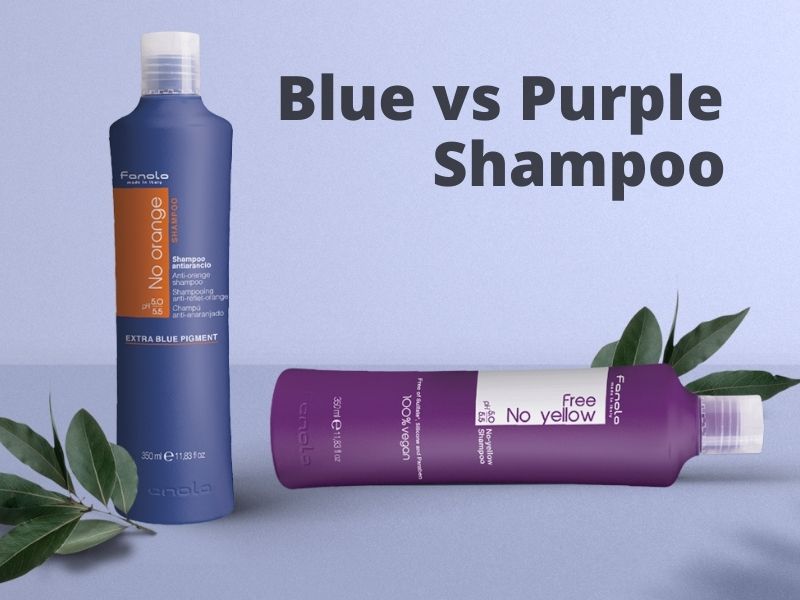
Blonde, grey, or silver hair that seems to have brassy, yellow undertones should be using purple shampoo to counteract these. It has a violet pigment that cancels out the undertones of yellow, giving the hair a cool-toned, dazzling appearance.
On the contrary end, blue shampoo is designed to neutralize orange or red tones in darker hair colors such as brunettes. The orange or red undertones are toned out with a blue pigment in the product, delivering the hair with a cooler, more natural appearance.
Which one is the right choice for you?
It is completely dependent on your hair color as to which shampoo two is the right choice for you. If you have blonde hair, blonde highlights, or pre-lightened hair, it is advised that you use purple shampoo instead of blue shampoo. Since purple shampoo contains violet pigments that are specifically designed to neutralize any yellow tones that are present in blonde hair, specifically, purple shampoo will work better for you.
But, in case you have darker hair like brown, deep brown, or black, it is more likely that your hair will contain brassy tones and red and orange undertones that can be canceled out by the blue shampoo, only. If you want to achieve accurate results, it is better if you use blue shampoo for your darker-toned hair.
Either way, both shampoos work on evenly toning your hair. The results depend on you choosing the suitable shampoo for your hair color.
How to Use Blue Shampoo?
It is not very different from using regular shampoo. Here are a few tips on how to use blue shampoo on your hair correctly.
1. Rub the shampoo into your hair after emulsifying it. Massage it into your hair, thoroughly.
2. Leave the shampoo in for a couple of minutes. Unlike regular shampoo, blue shampoo needs only a few minutes to do its magic.
3. Rinse out the shampoo thoroughly.
Pro Tip: Use cold water to rinse out the shampoo from your hair to achieve frizz-free hair.
How to use Purple Shampoo
Both blue and purple shampoos have rather similar ways of application. Purple shampoo should only be applied on already wet hair. Here is how to correctly apply and use the purple shampoo.
1. Wet your hair, completely. Lather the shampoo and massage it into your hair, thoroughly.
2. Leave it in for about 5 minutes. In case your hair needs more toning, you can add a couple more minutes and let it soak in.
3. Rinse it out with water, carefully, leaving nothing behind.
Before vs After
Here are the before and after pictures of both blue and purple shampoos to show you how these shampoos work for different shades of hair.
1. Blue Shampoo
As you can see how much of a difference there is in the tone of the hair after using the blue shampoo. In the picture, we can see some red and orange undertones, making the hair look unpleasant, before using the shampoo. Whilst, afterward, the hair looks even-toned and beautiful. This evenness is caused by the blue shampoo as it eliminates the brassy tones.
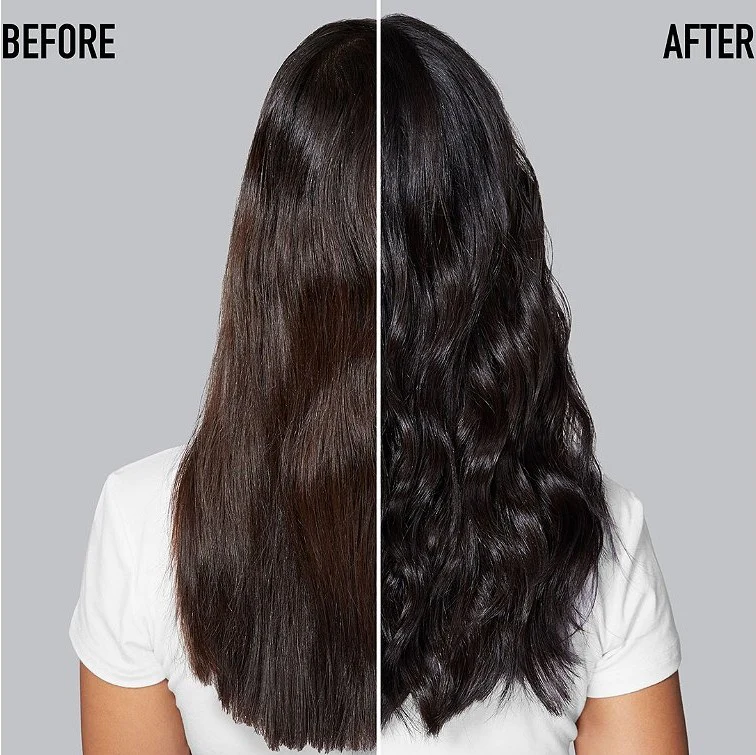
2. Purple Shampoo
One can make out at first glance how big a difference there is in the before and after pictures of the effect of the purple shampoo. On the left side, the hair looks kind of dull and has yellow undertones. Whereas, on the right side, there is an obvious change in the shade of the hair, being brighter and lighter tone.
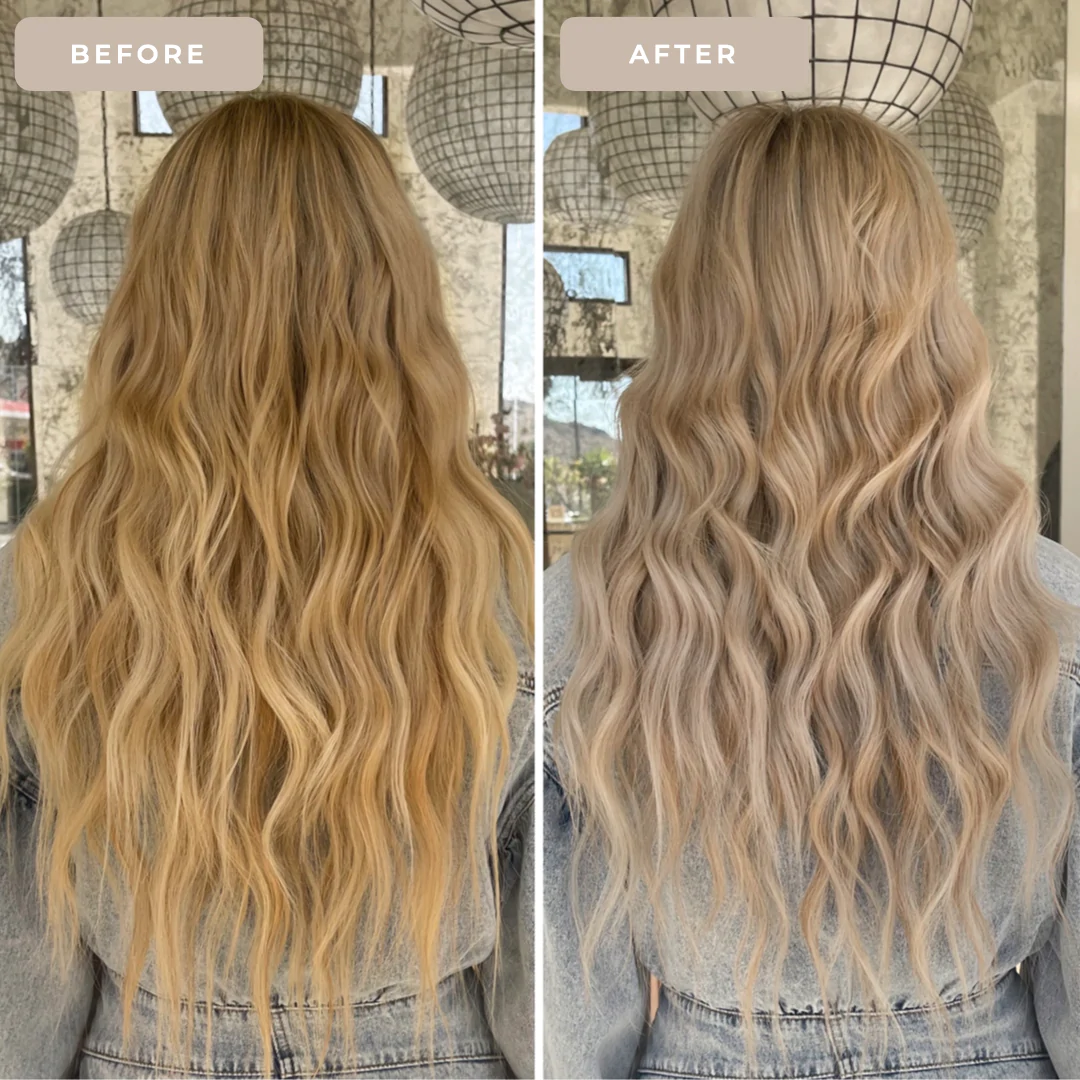
Advantages and Disadvantages
Naturally, shampoos come with their share of pros and cons. Therefore, it is crucial that you weigh the advantages and disadvantages of these shampoos and carefully make a choice. Let us weigh the pros and cons and see who has more pros the blue vs the purple shampoo.
1. Blue Shampoo
Pros:
– Lightens silver hair by removing brassy orange tones from fading brunette hair.
Cons:
– Using blue shampoo only once a week will yield the best results; however, it is a temporary fix.
– It works best on hair that is slightly orange; if your hair is EXTREMELY orange, it simply will not work as well.
– Blue shampoo is quite drying; you must deep condition your hair immediately following its application.
2. Purple Shampoo
1. Pros:
– Purple toning shampoo can aid in the eradication of brassiness. Your hair will appear brighter and cooler toned after using a purple shampoo to help counteract the yellow undertones.
– Between sessions, it helps you keep your tone. Depending on how frequently you shampoo your hair, toners and glazes only last about 4-6 weeks. Your toning shampoo will continue to tone your hair as you wash it even after your toner starts to fade.
2. Cons:
-Most purple shampoos might leave your hair feeling quite dehydrated! It’s not ideal to use a purple shampoo every time you wash your hair; instead, use a moisture conditioner or even a conditioning mask!
-Use of purple shampoo too frequently can make toners disappear. Using your purple shampoo too much will make your toned hair wash out way sooner even though it is supposed to be pleasant and fresh, still.
Blue shampoo vs Purple shampoo: Which one is the better option?
It’s crucial to know that every hair color has a unique undertone before we respond to this topic. While individuals with exceptionally dark hair may have red undertones, brunettes often have warmer orange undertones. Yellow undertones are what are prevalent in blondes and other light hair colors. The term “brassiness” refers to the appearance of these warm undertones in blonde hair, which can be caused by heat style, hair products, or color treatment.
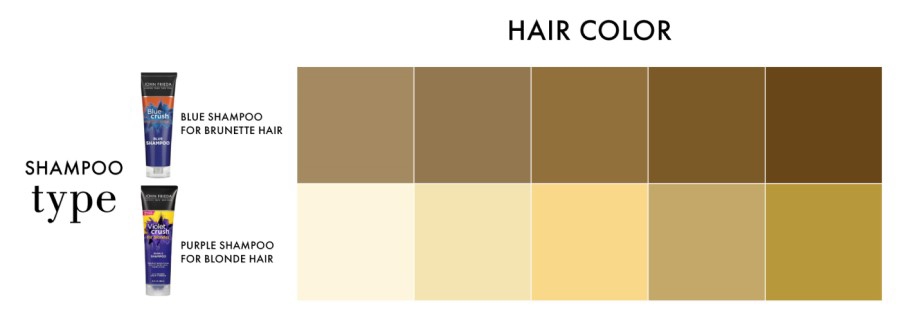
You must neutralize it with the opposing or complementary color to get rid of this unwanted brassiness. When considering the color wheel, which you probably first encountered in elementary school, blue is located on the other side of the spectrum from orange. Purple, on the other hand, is located opposite yellow on the color wheel. Orange is canceled out by the blue pigment, while yellow is canceled out by the purple pigment.
All of this discussion of color essentially boils down to two fundamental concepts. Purple shampoo is a fantastic option when yellow tones occur in blonde or light-colored hair, whereas blue shampoo eliminates orange tones from brunette or darker hair.
Hence, there is no “better” option. It solely depends on your hair color and which shampoo will be the most suitable for you.
Conclusion
Whatever color toning shampoo you decide on, be it purple or blue, keep in mind that a lot of moisture is essential to maintaining the vibrancy of your color-treated strands.
The effects of both these shampoos are based on what your hair color is and how often you use them. At the end of the day, they are both designed for you to have beautiful, healthy-looking hair!
